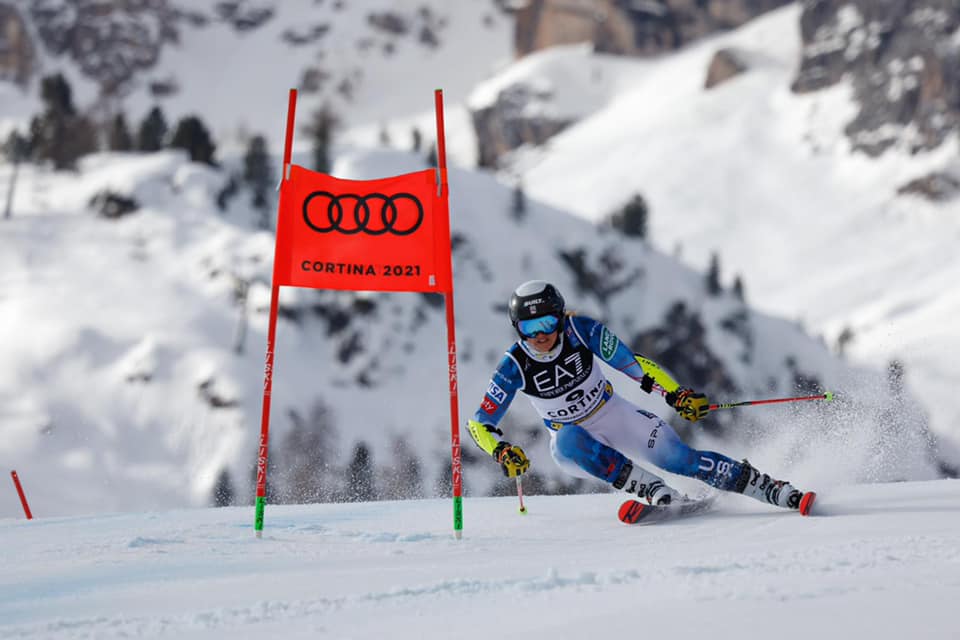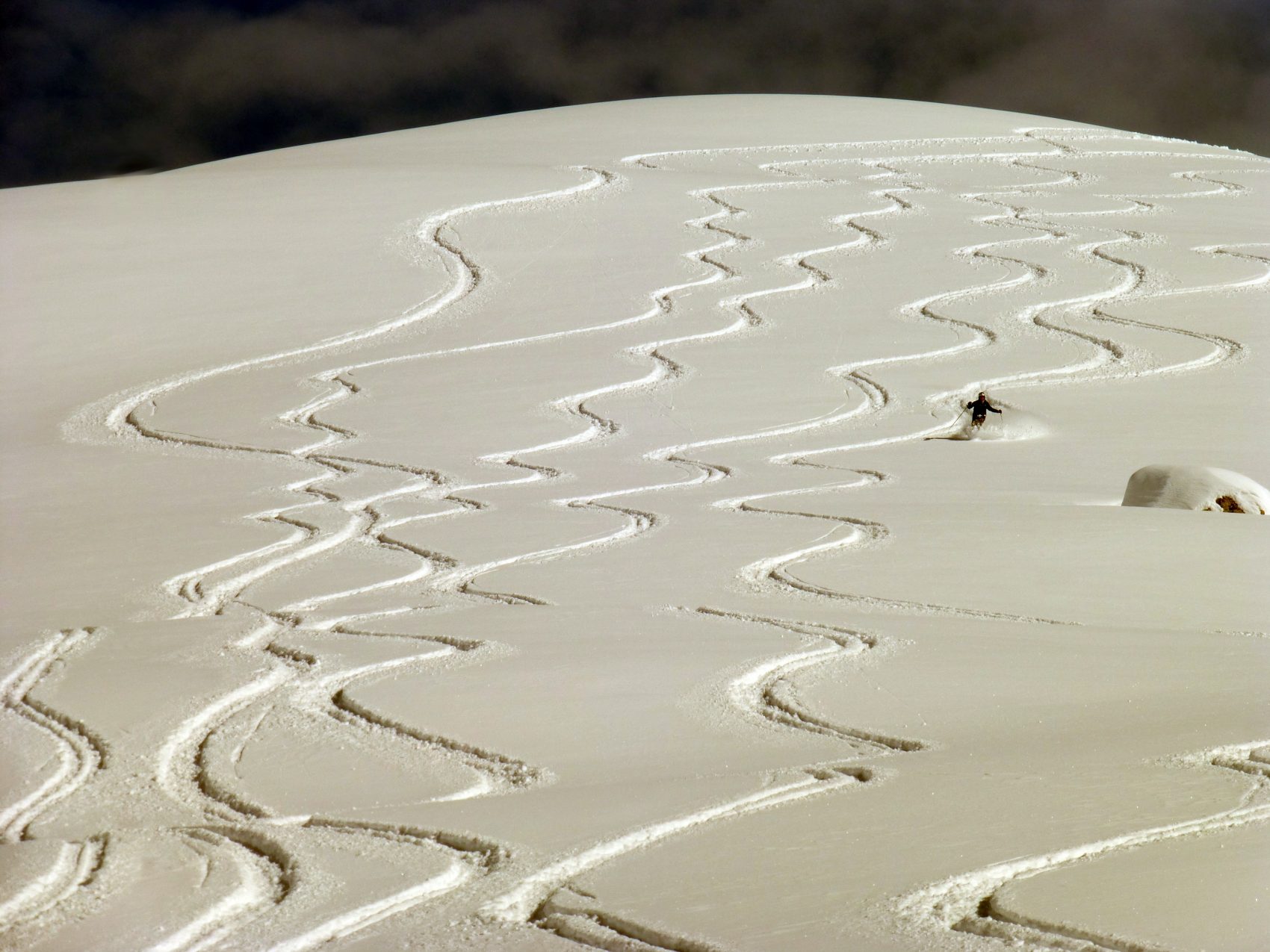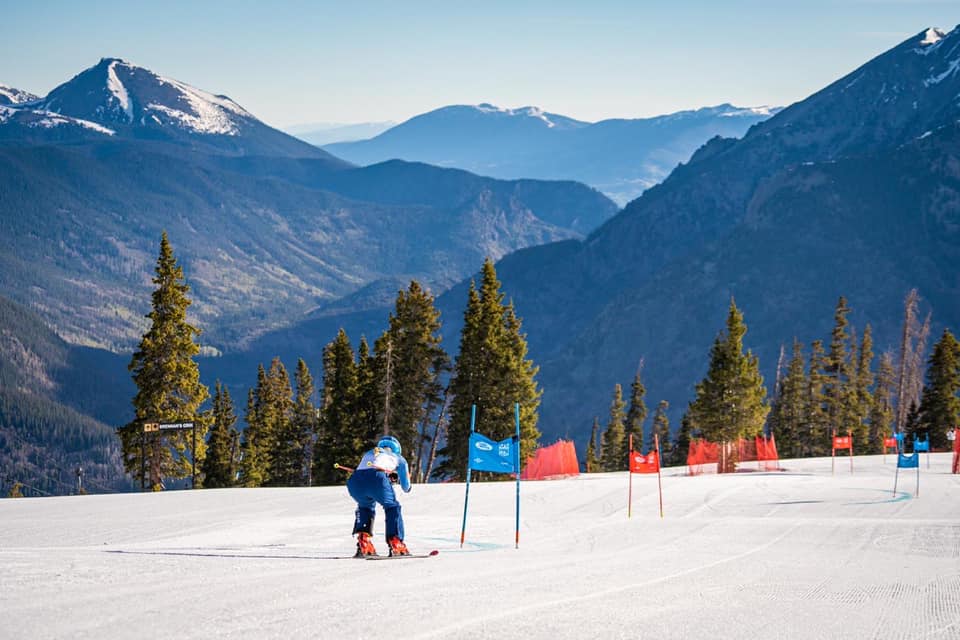
Eight years ago, I escalated my skiing experience from free-skiing to competitive alpine racing. Throughout the years, I have received many tips and tricks that have guided and improved my technique and strategy in the sport. Building off the basis of these five fundamentals, any athlete seriously considering the sport will drastically improve their technique and mindset.
Visualization
Growing up on a small hill in southern Wisconsin, my hill didn’t present many variations in terrain. When traveling to bigger hills or mountains, I always struggled with the adjustment of being thrown into a different setting without the necessary mental prep.
Before each race, coaches will hold an inspection. This is a tour of the course where athletes can receive guidance from their mentors and ski down or within the course slowly to inspect the terrain. Besides taking pointers from coaches, I take this opportunity to take a mental image of the course. Where are the big turns? Where are the rollers? Where should I skate and push? These are all basic questions I ask myself to better prepare myself for the run. Then, when waiting at the top of the mountain for my run, I recollect my mental images and visualize myself nailing every turn according to the specificity of each one and sliding through the finish. Although cliché, the power that a negative mindset has over your performance is alarming. Looking back throughout the years, every run I felt unsure or doubted myself, I ended up taking the run too slow out of fear. Once I would get to the bottom, I would soon become bitter that I hadn’t have given it my all. It’s important to remember that though the course and terrain are unfamiliar, skiing isn’t and will almost always come naturally when needed.
Outside Ski Pressure
Even though I moved from Wisconsin to St.Louis, both hills I trained at always pounded the same consistent message: outside ski pressure. When turning, the ski farthest from the center of your turn is your outside ski. It’s necessary to turn with pressure focused on your outside ski. When this factor is compromised, skiers will topple over themselves. When utilizing inside ski pressure, skiers let their shoulders drop in and force all their body weight and pressure on one side of their body. Consequently, this causes inequality in balance and leaves skiers either skidding out or falling. If demonstrated correctly, your outside ski pressure should be the focus of the bottom half of your body, while the top half is focused on getting into the gate or inside of your turn without dropping your shoulders.
Throughout the years, many coaches explained that I needed to use my outside ski without explaining how. Luckily, when training in Copper, an alumnus from my ski team asked, “Have you ever tried pushing your outside ski forward?” This casual question changed my technique drastically. Though there are many ways to go about it, my favorite strategy to put pressure on my outside ski is to push it forward and pull my inside ski back in the apex of my turn. This simple factor can force your outside ski to initiate your turn and do what racing skis are meant to do: guide your turn. After skiing with this in mind once, you will never go back and you will be able to fully identify the power of your ski.
Turn Shape
Turn shape is typically neglected but is more important than ever. Regardless, this easy tip can drastically change your racing experience. A common misconception is a straighter line makes you go faster. While you don’t want to be 20 feet off the gate, this isn’t necessarily true. When turning, it is important to produce the shape of a “C.” When turns are rounded like a “C,” athletes can demonstrate all of the other tips within the turn. If your line is too straight, it’s nearly impossible to utilize your outside ski, which restricts you from carving. Skiers are also drastically more likely to shred snow when going straight, as they can fall too far behind and have no other options but to sacrifice time. Ultimately, when your turn shape and technique line up, your ski will push you out of the end of your turn and set you up for your next turn.

Early Turn Initiation
Early turn initiation is destined to force athletes to fall or ski out of the course if they fail to practice it. Almost every fall I had this previous season was contributed to late turns. So what exactly does that mean?
The concept is fairly easy to grasp but isn’t something athletes naturally think about. Essentially, when finishing your turn, or when skiing the bottom of the “C,” you should finish a couple of feet before the next gate. This is simply to set up your next turn before the next gate and follow this pattern through the course. When athletes get too late, their turn falls below the gate and is usually the cause of hiking to a missed gate. Sometimes, skiers can save themselves from skiing out of the course if they fall behind but need to shred snow and speed to do so. Early turn initiation is something even professional skiers struggle with, so don’t feel discouraged if it doesn’t come naturally right away. Even if your turns aren’t perfectly early and loaded, as long as you make it through the course without skiing out or losing speed, you’ve achieved your goal.
Forward Pressure
Naturally, when racers are acing the course and going faster than expected, they can easily fall into the backseat. When this happens, it’s very easy to lose control and end up in a dangerous situation, as your skis are the only thing guiding your path. To take control and combat this situation, it’s important to remember to take control and push your upper body forward. Without hunching your back, take control of your skiing by simply pushing your upper body down the hill. That way, you decide where you’re going instead of your equipment.
When looking back on my past years of training, these tips and suggestions have helped me like no other. The improvement of these strategies will help anyone prepare for a season on the slopes.
